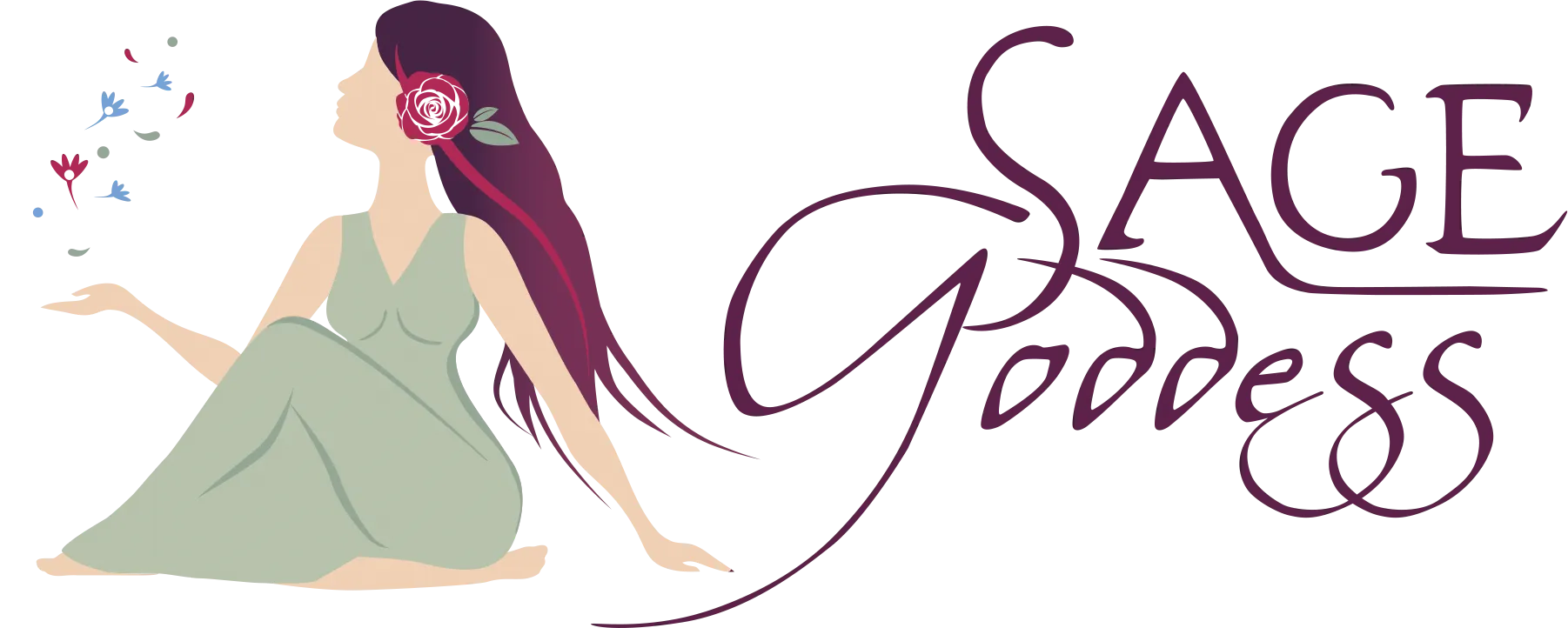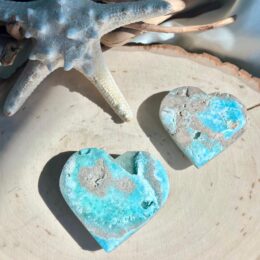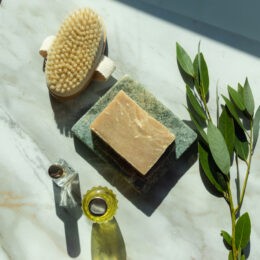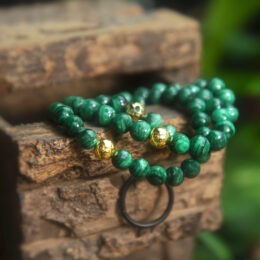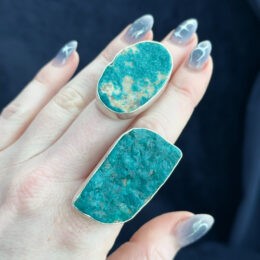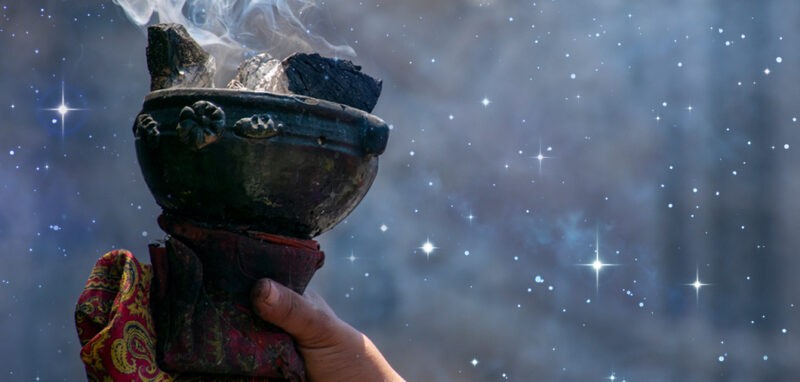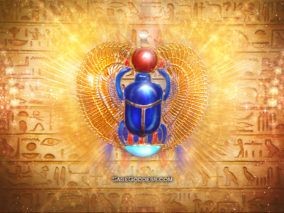 The Magic of Egypt
The Magic of Egypt
Part I
More so than any other place in the ancient world, Kemet, now known as Egypt, was the divine residence of the gods. Ma’at, later personified as the winged goddess, was the meaningful, all encompassing energy that balanced their world and cosmic relationship with beauty, harmony, and laughter. Ra, the Sun God, bestowed abundance upon the Egyptians, blessing them with the land of milk and honey.
The essence of Ma’at ruled the spiritual foundation of ancient Egypt, and each individual could tune into that spiritual plane through daily morning ritual and repetition of positive affirmations. The ancient Egyptians knew that their people could only enjoy prosperity and well-being if they were grounded in spiritual law. The ancient Egyptians understood the immortality of the soul, and sought to acquire magical wisdom by means of initiation rituals. They didn’t entrust their mysteries to just anyone; instead, their secrets were reserved for the initiate – either the heir to the throne, or the priests who excelled in virtue and wisdom.
Water was an essential source of power to the ancient Egyptians, who knew how to harness its energy in the construction of great stone monuments. Technological advances, such as levitation, and similar magical powers, had already been used to build the pyramids and power airships of Atlantis. The Atlantean masters of cosmic power taught the Egyptian masons and laborers to cut, and then levitate the pyramids’ gigantic blocks into place with seamless perfection.
Spiritual power came in the form of a six pointed star, a merkaba. In ways we cannot fully explain, the light emitted by an intune group of people, through meditation and thought-projection, generated the power of a six pointed star, a merkaba. Its light reached the darkest corners of Egypt, giving comfort to the needy, and inspiring others with loving and creative thoughts. In this way, ancient Egypt was transformed by the transmission of high-frequency knowledge, which cultivated spiritual peace and heightened learning throughout the region and era.
Part II
Give us this day, our daily…beer! Yes, yes, bread was indeed the staple of ancient Egypt, but how about a big glass of fermented bread beer? Sourdough is as versatile as a frothy mug of beer and as a leavened loaf. Bread served its role in ritual and magic, wherein it was shaped to have magical purposes. Cereal originated on the banks of the Nile, and flour was produced by stone rolling grains dried in the sun.
For ancient Egyptians, burning incense was a daily celebration of fragrance, and their favorite incense of all was Kepet. Every day, great quantities of incense were ritualistically burned, in every temple, and in every household. Frankincense was burned in the morning, myrrh was burned during the day, and Kepet, (kyphi in greek), was burned in the evening.
Music formed an important part of Egyptian life, and musicians occupied a variety of positions in Egyptian society. Music found its way into many contexts in Egypt: temples, palaces, workshops, farms, battlefields and the tomb. Music was an integral part of religious worship in ancient Egypt, so it is not surprising that there were gods specifically associated with music, such as Hathor and Bes (both were also associated with dance, fertility and childbirth). The most commonly used instruments in ancient Egypt were symbols, harps, lutes, trumpets, and drums. Instruments unique to Egypt were the sistrum, and the menit, both used in ceremony. Costumery, ritualistic dance, phonetic vibrational frequency in the form of both singing or chanting was often part of Egyptian musical expression. Watch these video links to get a taste of the sound and sight of traditional Egyptian music!
To the ancient Egyptians, the heart, known as the ib, was the seat of wisdom, memory, and intellect. Due to its links with the personality and character of an individual, the heart was considered the most important of all of the internal organs. The heart revealed a person’s true character, even after death. Therefore, only the heart was left intact within a mummified body. In Egyptian religion, the heart was the key to the afterlife. It survived death in the Underworld, where it could give evidence for, or against, its possessor. The heart scarab contained special spells to protect and hide evidence of sins in the hopes of protecting the dead from damnation. The charmed scarab could gift the power of word play to the dead by adding to or taking away power of specific words.
Part III
Hermes Trismegistus, or “Thrice Greatest Hermes,” or “Hermes Thrice-born,” was the name given to the Egyptian god Thoth, once known as Jhuti – the god of learning, wisdom, and literature. He was the author of the books carried in the sacred processions of Egypt, records of ancient events and mysteries. Hermes is credited for writing 42 magical books and manuscripts, but these should not be regarded as genuine remains of Egyptian antiquity. Hermes Trismegistus is regarded as the personification of Neo-Platonic philosophy, the mystical author of all wisdom and knowledge. Jhuti, Thoth, Hermes is the source of intellectual light. The last incarnation of this figure is a historical result of the merger of Oriental and Hellenistic philosophy, portraying a spirit of mysticism and exaggeration in the realms of logos, ethos, and pathos.
The Emerald Tablet is a mysterious green stone inscribed with the secrets of the universe. Some believe that Jhuti, Thoth, Hermes authored this text to transmit the knowledge of the Atlantean race. The source of the original Emerald Tablet is unknown, and it is surrounded by legends. Most commonly, it is claimed that the tablet was found in a tomb under the statue of Hermes in Tyana, modern day Turkey, in the skeletal hands of Hermes himself. The oldest documented source of the Emerald Tablet’s text occurs within a compositional arrangement of earlier Arabic texts in the 8th century CE. This work, the Kitab sirr al-haliqi (Book of the Secret of Creation and the Art of Nature), is attributed to Balinas, who tells the story of finding the Emerald Tablet within the underground tomb. Balinas claims that the tablet was originally written in Greek, but the original form either no long exists, or never existed at all. Another version of the legend suggests that Alexander the Great found the Emerald Tablet in the Great Pyramid of Cheops.
The legend of the Emerald Tablet spread quickly, and has been translated a number of times over the centuries. It became accessible to Europeans in the 12th century CE with a Latin translation. The philosophy of the tablet would become a major pillar of Western alchemy, and was hugely influential in Medieval and Renaissance belief systems. There are numerous translations and commentaries available from notable historical figures, such as Isaac Newton, Albertus Magnus, Roger Bacon, and Aleister Crowley. Interpretations of the Emerald Tablet range in content— it is a terse and esoteric text. In no translation does a single author claim possession of the entire truth of the text. In all interpretations, readers are encouraged to discover the truths of the Emerald Tablet for themselves.
February Sabbatical Set
February’s Sabbatical set was inspired by the Emerald Tablet, and is filled with tools intentionally chosen to initiate you into the magic of Egypt. The Emerald Tablet challenges us to be open to receiving wisdom, even when we can’t quite explain, define, or prove it. This set was created for those who want more mystery, are willing to challenge the foundation of their thinking, and are ready to access the hidden chambers of the heart. The “Truth” cannot be contained or found within facts alone; it must be experienced. I chose pine, white sage, and tuberose – the oils of wisdom and mystery, as key notes for the candle and perfume. The sacred incense blend includes green and gold resins for wisdom, expansion, and enlightenment. Emerald beryl, pietersite, and magnesite make up the Emerald Tablet stone set, and it will enhance and support your faith, awakening, heart-opening, creative visioning, and psychic clarity. A carved scarab beetle is included in the tin. The essence of the scarab beetle is transformation, resurrection, and immortality. This set will connect you with the energy of ancient Egypt, the knowledge that transcends time, and the secrets of the Universe.


